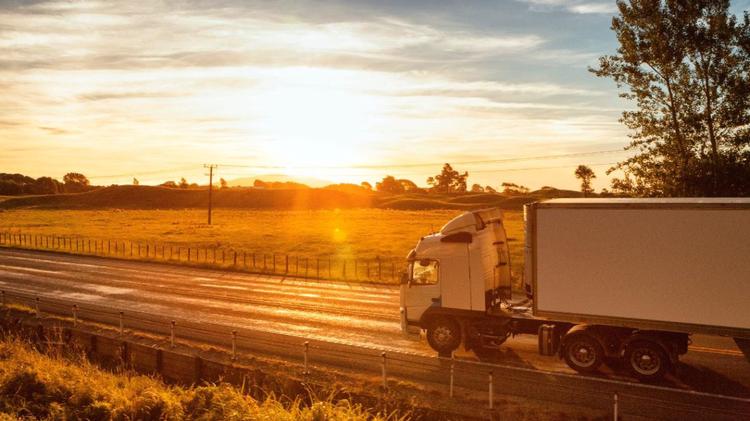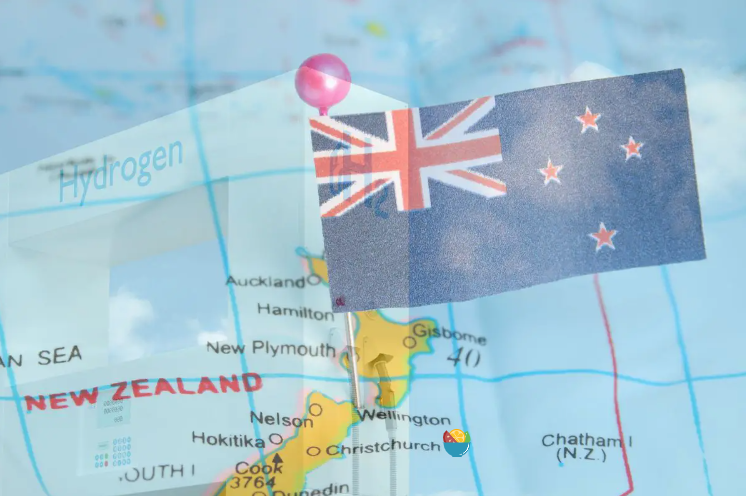
As New Zealand pursues ambitious carbon emission reduction goals, one of the country’s largest trucking companies, HW Richardson, has started using hydrogen fuel in its vehicles. Around 40% of emissions come from the transport sector. Although the company’s H2-powered vehicles are not zero-emission, it is a significant step in reducing its carbon footprint. HW Richardson’s goal is to reduce 40% of its carbon emissions. The company plans to convert all of its 1,300 vehicles by 2023 to use a dual fuel system, with each vehicle’s conversion costing about US$93,000. HW Richardson chose hydrogen fuel to help achieve its carbon goals, mainly because New Zealand has yet to establish a fully operational hydrogen fuel network. Nonetheless, it is expected to be in place in the coming years, with H2 firm Hirnga establishing 24 stations over the next three years.
As one of the largest trucking companies in New Zealand, it could help to meet the country’s carbon goals.
As New Zealand works hard to achieve ambitions carbon emission reduction goals, one of its largest trucking companies has started using hydrogen fuel for its vehicles.
Transport vehicles comprise almost 40 percent of the country’s emissions.
One of the country’s largest transport companies, HW Richardson, has announced that it is testing hydrogen fuel as an option for eliminating its carbon emissions. To start, it is using vehicles which might look like regular trucks, but that run on both diesel and H2 gas. Though this doesn’t make them zero-emission vehicles, it will help to cut its emissions significantly. The company’s goal is to slash 40 percent from its carbon emissions.
“Dual fuel gives us that ability to transition sustainability, make a notable difference without the range anxieties that you see,” said Anthony Jones, HW Richardson CEO.
By the end of 2023, HW Richardson is expected to have converted ten of its trucks to use the new dual fuel system. Eventually, it plans to convert all 1,300 of its vehicles. This is a considerable investment, as each vehicle’s conversion costs about US$93,000.
The company is starting now with hydrogen fuel in order to help it reach its carbon goals.
“This is where HW Richardson is forward thinking because you’re not totally reliant on a refuelling station to refuel with hydrogen because it’s burning diesel as well, and you can run 100% diesel if you need to,” said Sally Brooker of the University of Otago.

This is an important consideration as New Zealand does not yet have a fully operational hydrogen fuel network. That said, it is expected to be in place in coming years, as Hirnga, an H2 company based in Taranaki plans to build 24 stations in the next three years.
Supporting its own H2 strategy
Moreover, to support its efforts, the Richardson Group is installing its first H2 refueling station in Gore, with the intention to build more.
“We need that clear energy roadmap so we can get confidence in behind our investment, you know, we’ve started small in Southland, but we can go big,” explained Jones.
The New Zealand government is expected to release that anticipated roadmap before the close of 2023.